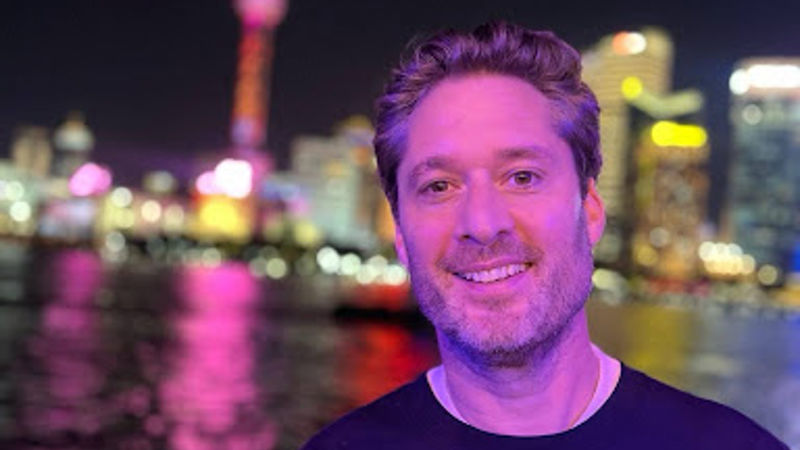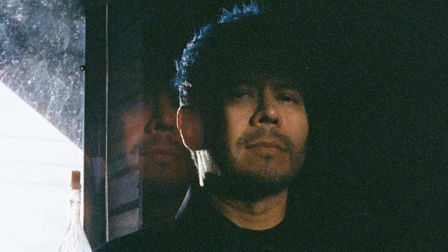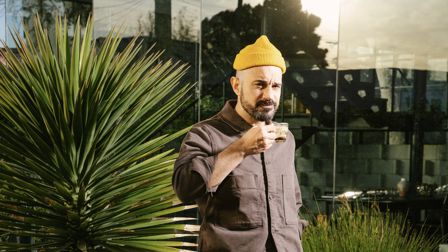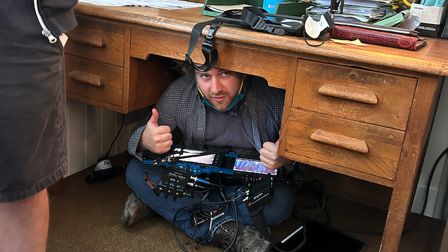Art of Advertising: Devon Bradbury
Editor Devon Bradbury of Whitehouse Post highlights some dynamic director/editor duos who have collaborated to make her favorite movies memorable and immersive.
Complete and utter immersion. That is what I enjoy most about being a viewer of film and television.
It’s safe to say most everybody turns on a movie or tv show wanting to be transported into a story, a world, a different time. More than ever, the escape that this medium offers has become such a staple in our lives. I am humbled to share a few stories that stood out to me as particular inspirations and feature editing techniques that have impacted my personal editing style.
Mad Max: Fury Road
Director George Miller | Editor Margaret Pixel
This film is a brilliant example of what I love about the miracle of filmmaking. This is a high-octane movie that is quite literally firing on all cylinders. George Miller is known for center framing, a technique that gives the frames a sort of comic book feel because the viewer’s eye line doesn’t have to dart back and forth to either side of the frame. This also allows for editor Margaret Pixel to frenetically cut with ease, creating an organized chaos. I live for this type of chaos in a film, a barrage of energy and power that makes you hold your breath and say “what just happened to me?”
I could go on and on about the color grade, VFX, and cinematography, but one thing I really need to highlight is the sound design. I find that sound design brings an entire extra depth to a film and the world that is being crafted. In Mad Max the sound design is also complimenting the frenetic storytelling, giving the viewer’s brain another tool to comprehend what is happening and how we should be feeling. This particular film has inspired me to bring the same palpable auditory experience to my editing. I try to think outside the boundaries of what a sound might traditionally sound like and consider what sounds would add another layer of feeling to the edit.
Euphoria
Creator / Director Sam Levinson
The HBO television series Euphoria is an incredibly well done coming of age story with a fresh focus on addiction and beauty, I connected with it from the get-go. I found myself wondering “how did they do that” - which I hadn’t felt in a long time. A dizzying synergy of spinning sets, insane tracking shots, incredible music direction, lighting, color, all working together to show a complex struggle that so many people are affected by.
The editing kept me intrigued from one scene to the next, unwrapping the main character as well as a network of peers figuring themselves out in this new, vibrant, gritty, and sometimes tragic tale. Euphoria is another example of how music plays a crucial role in the overall emotion of a piece, something I find makes a huge difference when creating a story. There are several storytelling techniques in this series that I try to bring to my work, I’m inspired by the way they created controlled chaos, both disorienting and mesmerizing the viewer.
Eternal Sunshine of the Spotless Mind
Director Michel Gondry | Editor Valdís Óskarsdóttir
In the spirit of the “how did they do that?” factor, Eternal Sunshine of the Spotless Mind was a film that really affected me when I was beginning to develop a passion for editing. This 2004 drama/romance focuses heavily on time, or perhaps a lack of time. I’m a sucker for non-linear narratives; films like Memento, Kill Bill, and Run Lola Run are a few of my favorites.
The structure of Eternal Sunshine reminded me of an abstract painting, it doesn’t really make sense until you take a step back and look at the entire piece. However, each piece as it unravels is so easy to appreciate that you’re entranced all the way through. Another thing I love about the film is the use of the unnatural, so to speak. Practical and visual effects are used to better tell the story of the protagonist’s struggle as his memories are being erased, a clever technique. It’s this extra layer of immersion throughout the film that I also hope to bring to my work.
Pride & Prejudice
Director Joe Wright | Editor Paul Tothill
It took me far too long to realize why I have re-watched Price and Prejudice so many times. I find it so uniquely calming, and it never fails to pull me out of just about any funk. I revisit the film not just because it is beautifully shot and mesmerizingly scored, but because the editing style mimics the passing of time. It is done so delicately that scene changes are barely noticeable; as if time is only ever gently moving along.
The entire story is a beautiful example of fluid storytelling while still maintaining cut points; a different technique to one-shot films like Birdman or 1917. Much like Mad Max: Fury Road, it is another example of a group of extraordinarily talented filmmakers coming together to create a world that the viewer becomes fully immersed in.
Misfit Right In
Directors Will Johnson + William Campbell | Editor Adam Robinson
I will conclude with the ad that opened my eyes to the world of commercial advertising editing. At the time, I was working in reality television and I came across a job posting at Whitehouse Post LA. Not knowing much about advertising, I did my research and saw this ad for the Cosmopolitan of Las Vegas Misfit Right In on the homepage of the Whitehouse Post website.
I was instantly entranced by the mix of music, typography, imagery, and the overall style that was packed into thirty seconds. I watched it about 20 times, applied right after, and the rest is history! I wanted to include the first ad that inspired me at the end of my list of inspirations as a reminder of why I chose this career. Even today, I still find this ad to be edgy, original, and fun to watch—all traits that continue to be some of the most important qualities I want to bring to my work.
Credits
powered by
- Agency Fallon/Minneapolis
- Production Company Gentleman Scholar LA & NY
- Director Will Johnson
-
-
Unlock full credits and more with a Source + shots membership.
Credits
powered by
- Agency Fallon/Minneapolis
- Production Company Gentleman Scholar LA & NY
- Director Will Johnson
- Director William Campbell
- Editor Adam Robinson
- Song "Original Don" Major Lazer

Credits
powered by
- Agency Fallon/Minneapolis
- Production Company Gentleman Scholar LA & NY
- Director Will Johnson
- Director William Campbell
- Editor Adam Robinson
- Song "Original Don" Major Lazer
)




 + membership
+ membership







